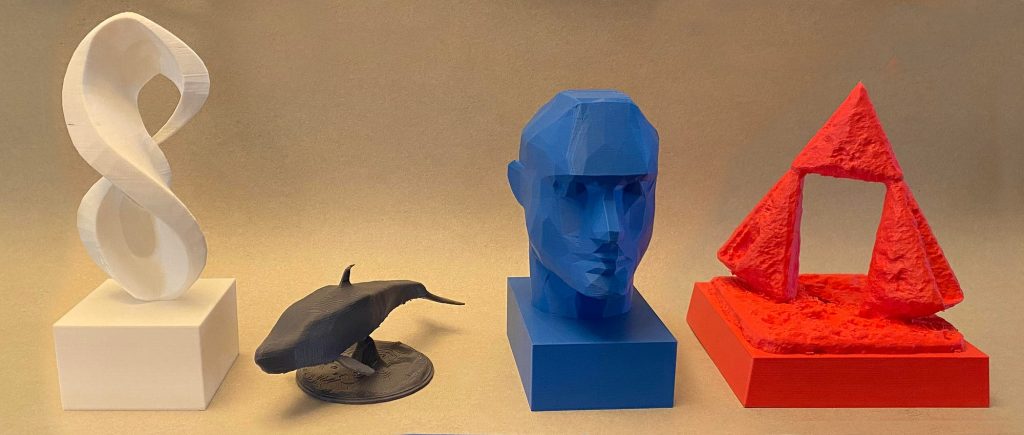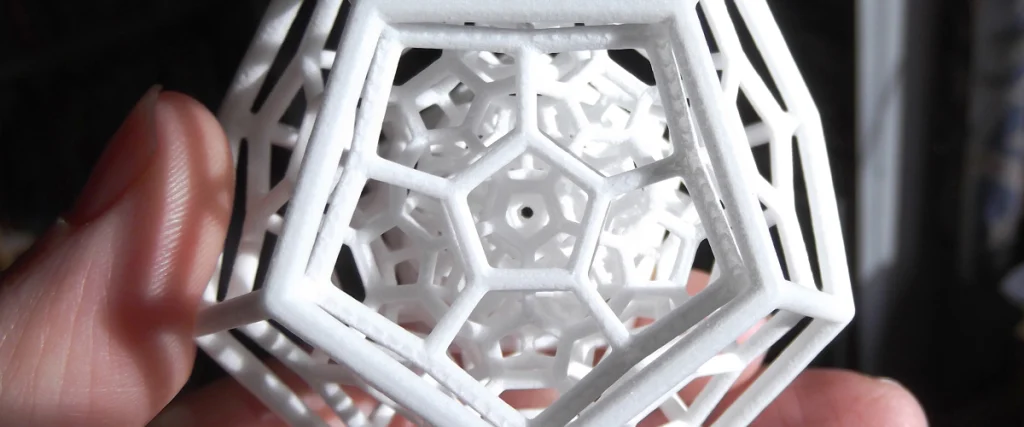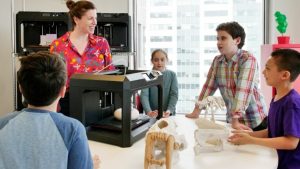3D printing, once a niche technology, has rapidly evolved into a mainstream innovation with the potential to revolutionize various industries. From healthcare to construction, the possibilities seem endless. As we look to the future, here are eight exciting 3D printing ideas that could reshape our world.

1. Personalized Medicine and Implants
The medical field stands to benefit immensely from 3D printing, particularly in creating personalized medicine and implants. Imagine custom-made prosthetics, dental implants, or even organs, perfectly tailored to an individual’s anatomy. This technology could eliminate the need for mass production, reducing waste and improving patient outcomes. For instance, researchers are already experimenting with 3D-printed tissues that could one day lead to fully functional, transplantable organs, offering hope to patients on long waiting lists.

2. Sustainable Construction Materials
The construction industry is one of the largest contributors to global waste. 3D printing offers a solution by enabling the creation of structures using sustainable materials like recycled plastic or bio-based substances. Companies are already exploring the use of 3D printers to build homes, reducing construction time and costs. In the future, entire communities could be built with this technology, making housing more affordable and environmentally friendly. Moreover, 3D printing can produce complex designs that traditional methods cannot, opening up new architectural possibilities.

3. Space Exploration and Colonization
As humanity looks beyond Earth, 3D printing will play a crucial role in space exploration and colonization. The ability to print tools, spare parts, and even habitats on-demand using local materials could be a game-changer. NASA has already tested 3D printing in space, and future missions could rely heavily on this technology to reduce payloads and ensure the sustainability of long-term space missions. Imagine astronauts printing a Martian habitat or creating necessary tools using Martian soil—3D printing could make this science fiction scenario a reality.

4. Customized Consumer Products
The future of shopping could be radically transformed by 3D printing. Consumers might soon have the ability to design and print their own products, from clothing and shoes to household items and gadgets. This level of customization would allow people to create products that perfectly match their preferences and needs, eliminating the limitations of mass-produced goods. Additionally, 3D printing could reduce the environmental impact of consumerism by minimizing waste and cutting down on shipping and packaging.

5. Advanced Food Production
3D printing food might sound futuristic, but it’s already happening on a small scale. The future could see this technology becoming more widespread, allowing for the creation of complex, customized meals at the push of a button. This could revolutionize the food industry, particularly in areas like personalized nutrition, where meals are tailored to an individual’s dietary needs. Furthermore, 3D-printed food could address global food shortages by using alternative ingredients and reducing waste in food production.

6. Revolutionary Art and Design
Artists and designers are already using 3D printing to push the boundaries of creativity. The future will likely see even more innovative uses of this technology in the arts. From intricate sculptures to wearable art, 3D printing allows creators to explore new forms and materials that were previously impossible to work with. This could lead to a new wave of artistic expression, where the only limit is the artist’s imagination. Additionally, 3D printing can make art more accessible by reducing production costs and enabling the reproduction of complex designs.

7. Enhanced Education Tools
Education could be significantly enhanced through 3D printing, particularly in STEM fields. Imagine students learning about anatomy through 3D-printed models of human organs or understanding complex physics concepts through hands-on, printed demonstrations. This technology can bring abstract concepts to life, making learning more engaging and effective. In the future, schools and universities could have 3D printers in every classroom, allowing students to explore subjects in a tangible, interactive way.

8. Eco-Friendly Manufacturing
As industries strive to reduce their environmental impact, 3D printing offers a promising solution. The future of manufacturing could be dominated by 3D printing, which allows for more efficient use of materials and reduces waste. Additionally, 3D printing can enable local production, cutting down on the carbon footprint associated with shipping goods around the world. Companies are already exploring the use of biodegradable materials in 3D printing, which could lead to more sustainable products and a reduction in plastic pollution.

3D printing is a transformative technology with the potential to reshape our world in ways we are only beginning to imagine. From personalized medicine to sustainable construction, the future of 3D printing is full of exciting possibilities. As this technology continues to evolve, it will undoubtedly play a crucial role in addressing some of the most pressing challenges of our time and unlocking new opportunities for innovation across various industries.










